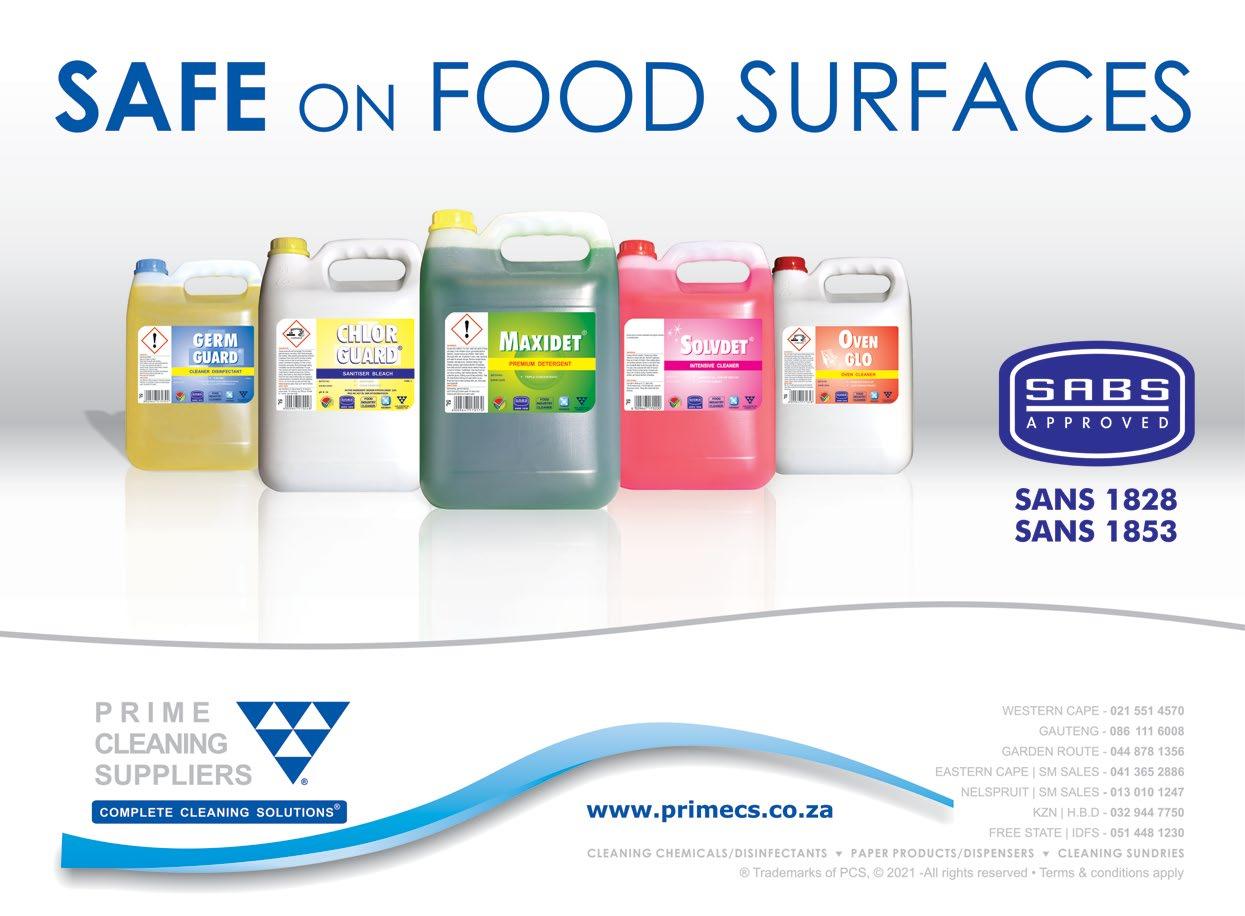
3 minute read
Beyond appearances: Creating a culture of hygiene
says Stephen P. Ashkin, President of The Ashkin Group, a consulting firm specialising in green cleaning and sustainability. Ashkin offers valuable insight as to the significance of creating a healthy facility.
Advertisement
The COVID-19 pandemic has changed how the world views cleaning. With over 1 million deaths worldwide from this disease, people increasingly understand the importance of hand hygiene, cleaning, and disinfecting. However, the cleaning industry must consider which pandemic cleaning protocols should remain when COVID-19 has been defeated.
Defining health In his book “Cleaning for Health: Protecting the Built Environment,” Michael Berry, Ph.D., defines health as “The state of complete physical, mental, and social well-being and not merely the absence of disease or infirmity”. To this point, many facilities would benefit by recognising they need to address occupant concerns and fears that their health and safety, as well as that of their co-workers, family members and friends, may be at risk when they enter office buildings, workplaces, schools, restaurants, retailers, and other public facilities.
Hygiene theatre To prove their efforts in making buildings safe, some resort to extreme measures. Derek Thompson wrote in The Atlantic, “To some American companies […] COVID-19 is apparently a war that will be won through antimicrobial blasting, to ensure that pathogens are banished from every square inch of America’s surface area. But what if this is all just a huge waste of time?” Thompson continued, “COVID-19 has reawakened America’s spirit of misdirected anxiety, inspiring businesses and families to obsess over risk-reduction rituals that make us feel safer but don’t actually do much to reduce risk – even as more dangerous activities are still allowed. This is hygiene theatre.”
Creating a culture of hygiene Thus, the cleaning industry must move beyond hygiene theatre to create a “culture of hygiene”. It is no longer adequate to keep cleaning staff invisible, working when buildings are unoccupied, totally separated and isolated from the actual activities of the building occupants. Now, occupants want to see and know that the work has actually been performed. Creating a culture of hygiene includes specific efforts to engage and educate occupants. These efforts include: electronic signage highlighting cleaning efforts; checklists indicating when a room was last cleaned appearing in areas other than washrooms, such as conference rooms; door hangers and note cards, like those used in hotels, placed on occupant desks to indicate they have been cleaned; and the strategic placement of hand sanitiser stands throughout the building with signage to encourage their use. These are all examples of occupant engagement and education that can give comfort and confidence, and actually contribute to a healthy building.

Stephen Ashkin
Occupant participation Occupants can participate in a culture of hygiene and assist housekeeping staff by keeping areas organised so that floors and horizontal surfaces can be easily cleaned, vacuumed, or mopped. Also, users can wipe refrigerator handles, microwave oven controls, and other shared surfaces in communal areas. Even staying home from work when sick can help contribute to a safe and heathy building.
The best lesson we can learn from the COVID-19 pandemic is to go beyond appearances to educate and engage occupants in their role toward creating a healthy building.










